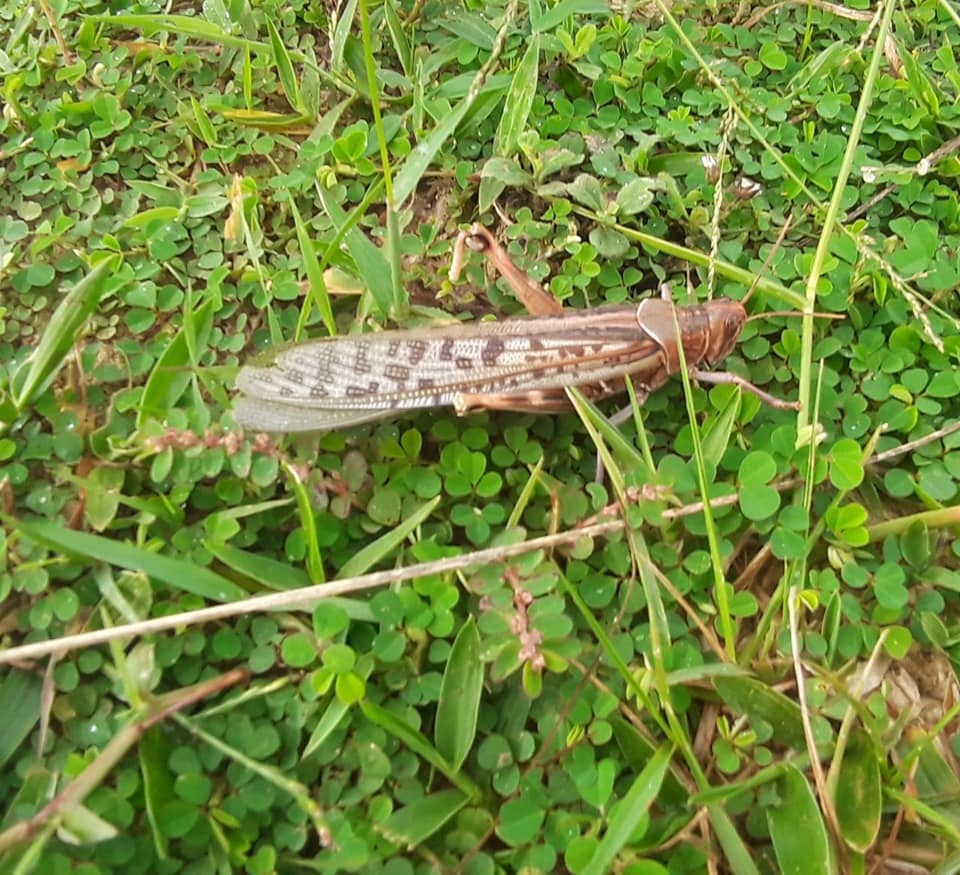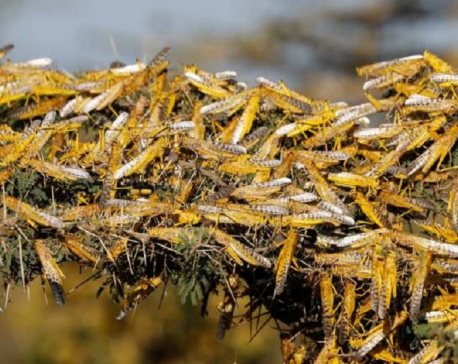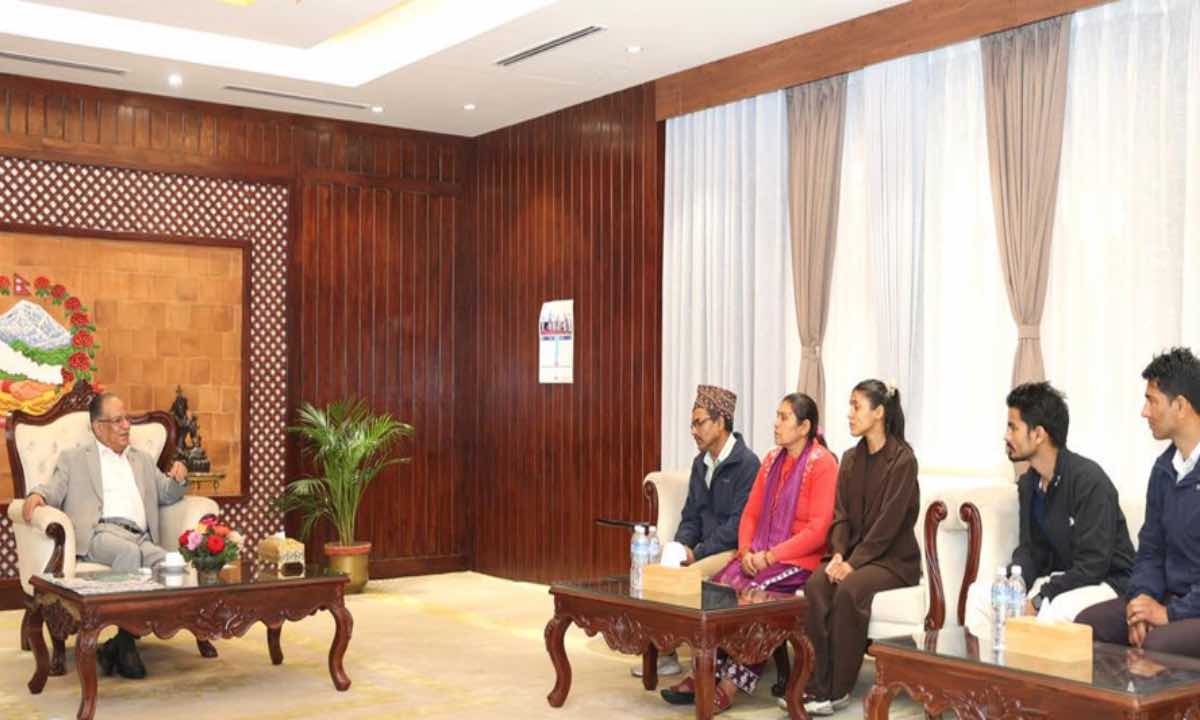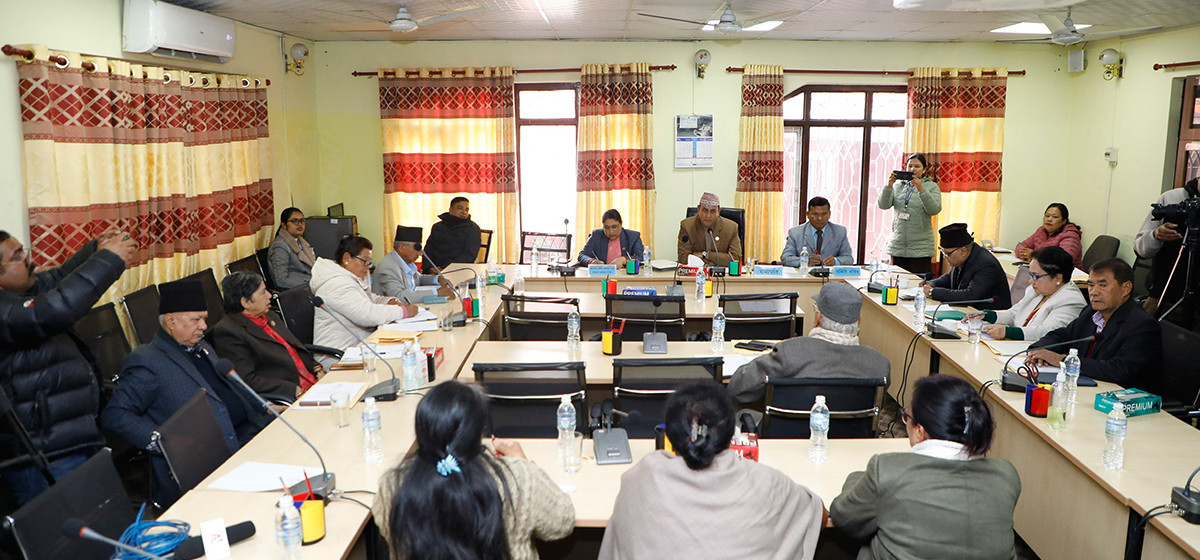
OR
“Unless dramatic change in wind direction, new locust swarm unlikely to enter Nepal”
Published On: July 4, 2020 07:25 AM NPT By: Republica | @RepublicaNepal

KATHMANDU, July 4: Sahadev Humagain, coordinator of the government-formed Locusts Prevention and Management Taskforce said that there is a slim chance for the new locust swarm to enter Nepal unless the direction and speed of the wind change dramatically.
Attending a meeting of the Agriculture, Cooperatives and Natural Resources Committee under the House of Representatives on Friday afternoon, Humagain, who is also the chief at the Plant Quarantine and Pesticides Management Center, said that new locust swarm is unlikely to enter Nepal as the direction of the wind from the Indian state of Rajasthan has moved toward south. According to him, the swarm which was in Itahawa of India moved toward the Indian state of Madhya Pradesh on Friday which means the insects’ entry into Nepal is almost impossible. “Itahawa lies 500 kilometer away from Nepal’s Bhairahawa. However, the distance increased to 737 km when the swarm headed to south,” sadi Humagain, adding that the new swarm is less likely to make it to Nepal until and unless the monsoon wind changes its direction dramatically.
Responding to the questions raised by the lawmakers of the lower house, he also said that there is a problem in applying chemical pesticides in a bid to contain the locusts as most fields in Nepal lie near human settlements. “Although it is not recommended right now, four to five types of pesticides are kept ready as the ultimate solution to this problem.”
Humagain claimed that almost 6.5 million locusts have entered Nepal which can be easily driven away by creating noise. “As they can’t lay eggs, their reproduction is unlikely,” he said.
Also speaking at the meeting, Rajendra Prasad Bhari, secretary at the Ministry of Agriculture and Livestock Development, said that locusts have caused harm in ten districts although they had reached most of the districts by July 1. After their entry into Nepal via Rupandehi from India on June 26, they reached as far as Bara, Parsa, Sarlhai, Makwanpur, Sindhuli and Palpa on the first day. They reached Arghakhanchi, Pyuthan, Kailali, Kanchanpur, Baitadi and Achham on the fifth day. By July 1, they had destroyed crops in 500 hectares in Dang, 283 in Pyuthan, 100 hectares in Arghakhanchi and 105 in Makwanpur.
Reminding the earlier claims made by experts and ministry on the rare possibility of locusts’ entry into Nepal, lawmakers suggested to the ministry concerned to expedite preparations to contain their spread in Nepal. They also said that farmers should be advised appropriate measures against the harmful insects other than hitting the utensils and playing music. According to them, the ministry should come up with practical and effective measures so that paddy and maize crops can be protected from these insects.
You May Like This

Another swarm of locust from India enters Nepal again
KATHMANDU, July 12: A swarm of locusts from India has entered Nepal yet again on Sunday. ... Read More...

Boost investment in power transmission infrastructures
As Nepal strives to achieve uninterrupted power supply for all its citizens and capitalize on surplus electricity through exports, urgent... Read More...

Nepal vs Kenya: Five crucial things Nepal looks for second match
KATHMANDU, March 12: Nepal is taking on Kenya on Monday in the second match of the ICC World Cricket League... Read More...




Just In
- Chemical fertilizers imported from China being transported to Kathmandu
- Man dies in motorcycle accident in Dhanusha
- Nepal face early setback as four wickets fall in powerplay against UAE
- Australian unemployment rate rises to 3.8 percent in March
- Gold price increases by Rs 700 per tola
- Fire destroys wheat crop in Kanchanpur, Kailali
- Bipin Joshi's family meets PM Dahal
- State Affairs and Good Governance Committee meeting today














Leave A Comment